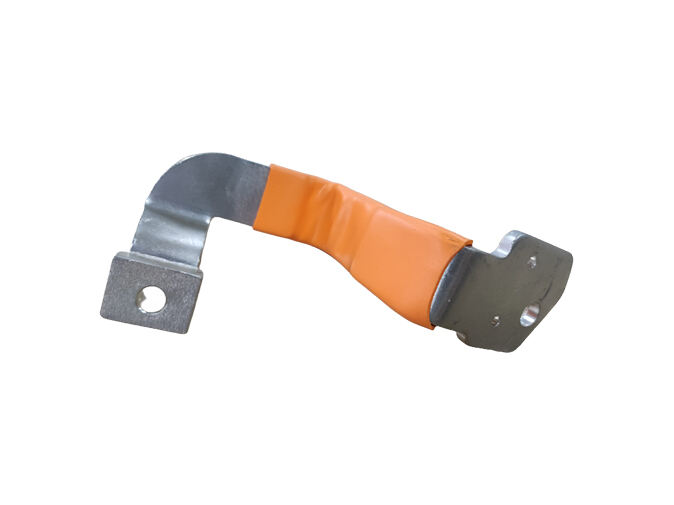These are metal bars that carry electricity to various places such as running buildings and machines with power consumption. The insulation is several years strapped together sheets, which are entangled to some extent when planes with busbar carried out the pressing. While the layers might differ depending on where and how these are used, there typically is a layer of insulation material around both sides of busbar like from kinto along with that come sticky adhesive semi-hardened in between which ensures everything stays put.

Types of Busbar Insulating Materials
There are multiple materials that can be used for laminated insulated busbar. One of the materials that are mostly used is known as epoxy resin. Epoxy is strong, and resistant to high temperatures which means it can be used in many electrical applications. It is also chemically resistant so it will not degrade easily over time in corrosive environments. Polyester Film Another insulation material commonly used is polyester film. The cloth is pretty flexible and has a solid strength to it, making it able of fitting well on different designs. The other materials, which are used with insulation in a busbar include just like polyimide film as well as mica glass fiber. All of these materials have unique characteristics that make them an excellent choice for many electrical applications.
Proper Insulation Material for Bus Bars
The durability of the material Many people now also inspect from their side how durable that material will be and can tolerate all sorts of scenarios. The cost of the material also plays a big role here, as well as how obtainable it is. In fact, the best thing to do in some project is sometimes calling an expert or someone that knows a lot about these materials and just ask.
Identifying the Pros and Cons of Inexpensive Insulation Materials
Busbar insulation or insulated copper busbar made from feeble and moldable epoxy resin is one of the most frequently seen among all insulations. This can mean that, when it becomes too heated and then suddenly re-cooled quickly, the material may become fragile to a point wherein in could start cracking. Another choice is polyester film which can be used for low voltage application, and it has more flexibility; on the other hand its functionalities may have a limitation of high temperatures. Polyimide film, while excellent for very high temps (often used in aerospace), is more expensive than some other alternatives. Mica Wood: The main advantage of this material is its excellent electrical insulation, but it can be volatile to use and may not fit every application. Glass fiber provides excellent strength and heat resistance but is abrasive which could eventually degrade other parts.
Thoughts of Busbar Insulation Materials
Over the years, there have been a number of new materials invented which can be used for insulation like insulated bus bar with busbars. Such as nanocomposites in which small particles are added to a material for greater strength and electrical properties.
 EN
EN
 AR
AR
 BG
BG
 HR
HR
 CS
CS
 DA
DA
 NL
NL
 FI
FI
 FR
FR
 DE
DE
 EL
EL
 HI
HI
 IT
IT
 JA
JA
 KO
KO
 NO
NO
 PL
PL
 PT
PT
 RO
RO
 RU
RU
 ES
ES
 SV
SV
 CA
CA
 TL
TL
 IW
IW
 ID
ID
 LV
LV
 LT
LT
 SR
SR
 SK
SK
 UK
UK
 VI
VI
 SQ
SQ
 HU
HU
 TH
TH
 TR
TR
 FA
FA
 MS
MS
 GA
GA
 LA
LA




